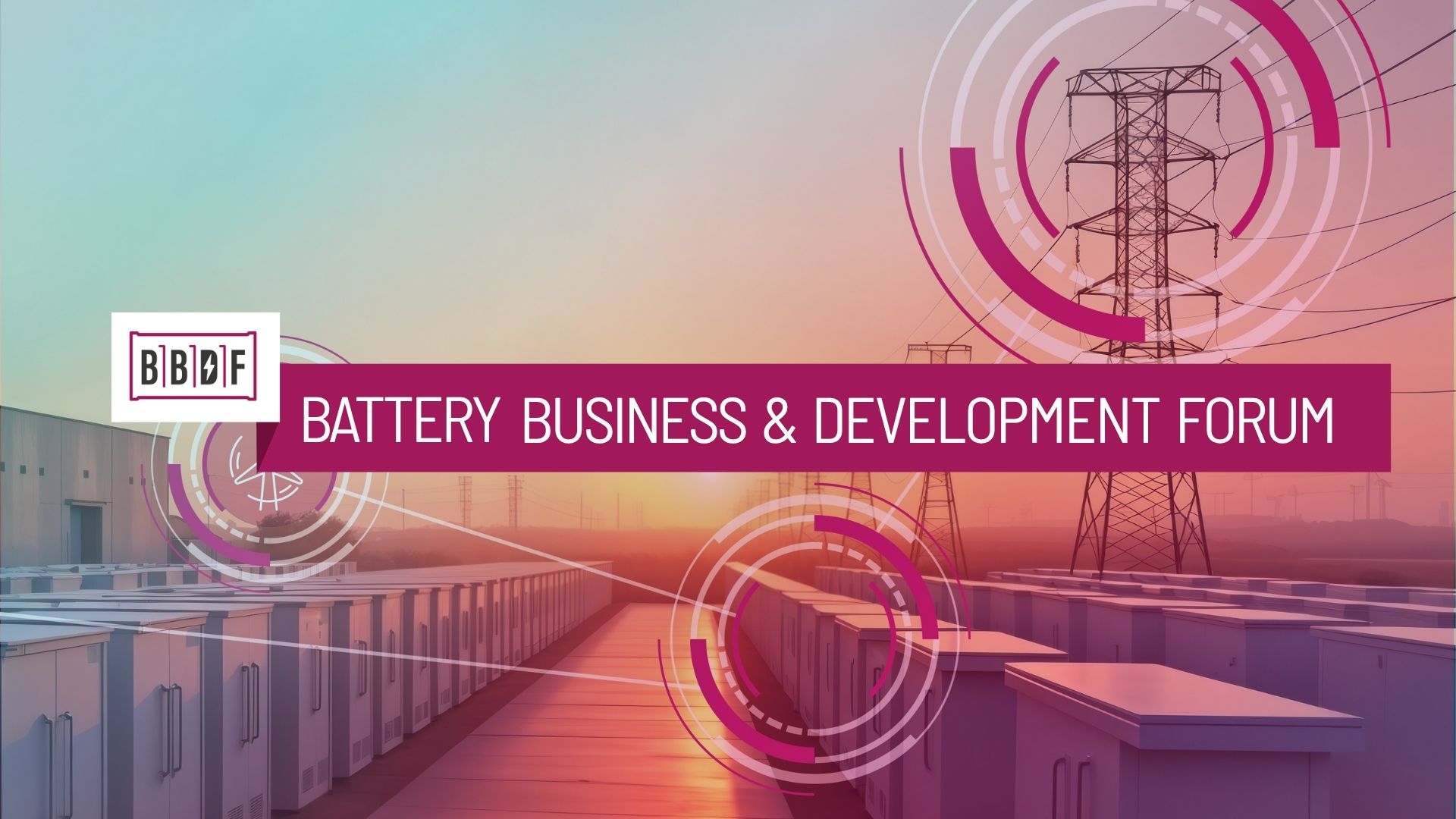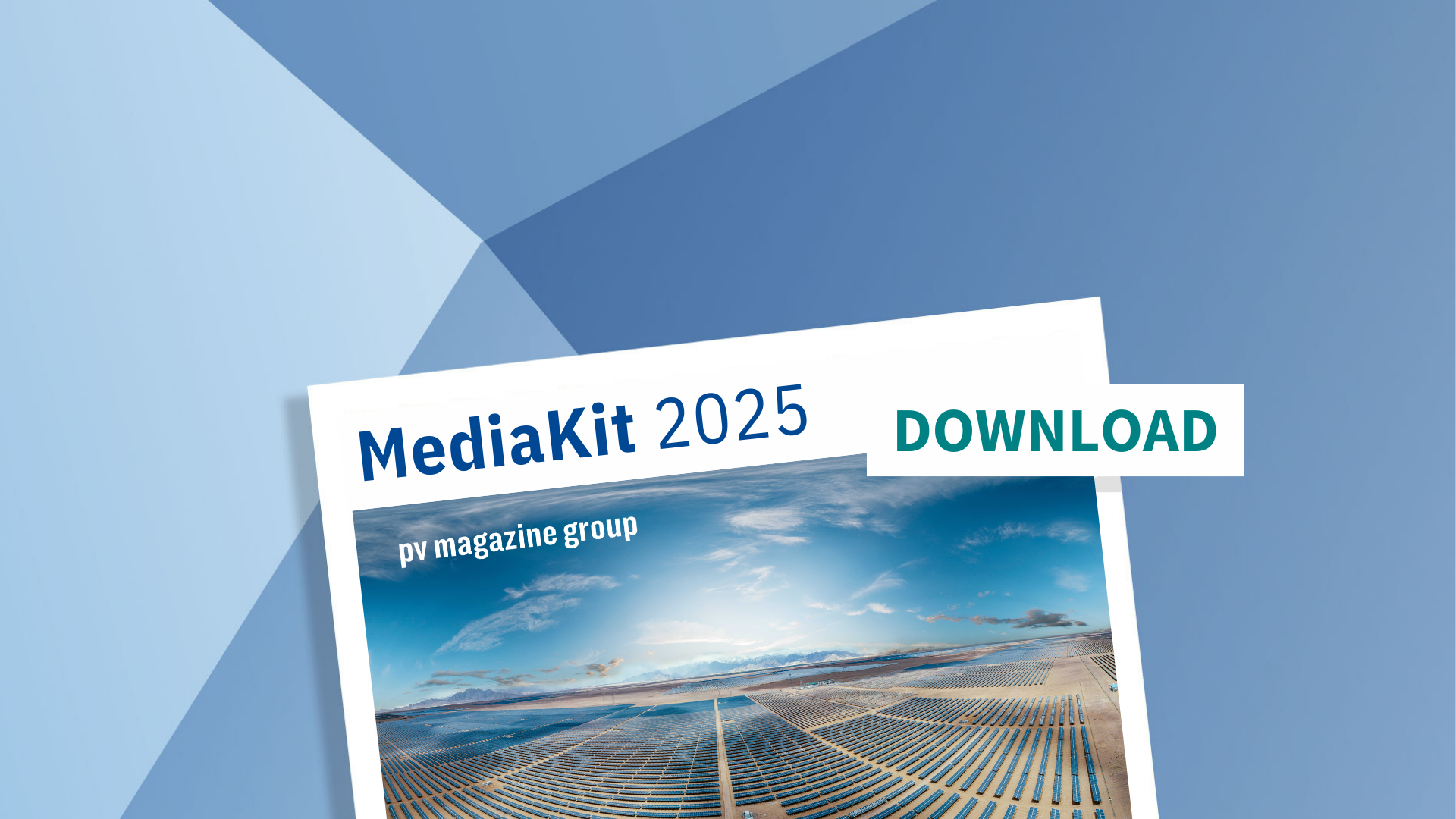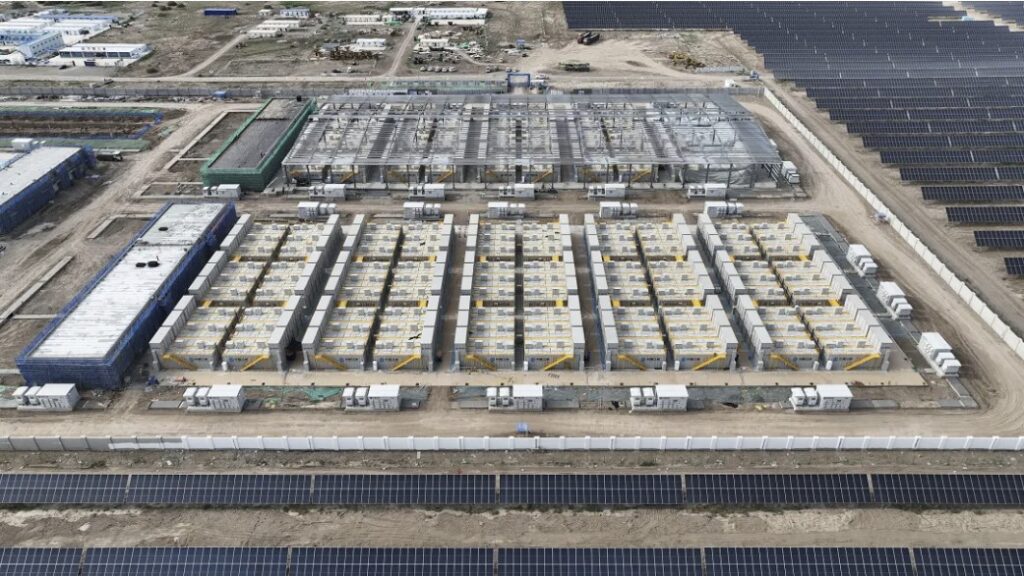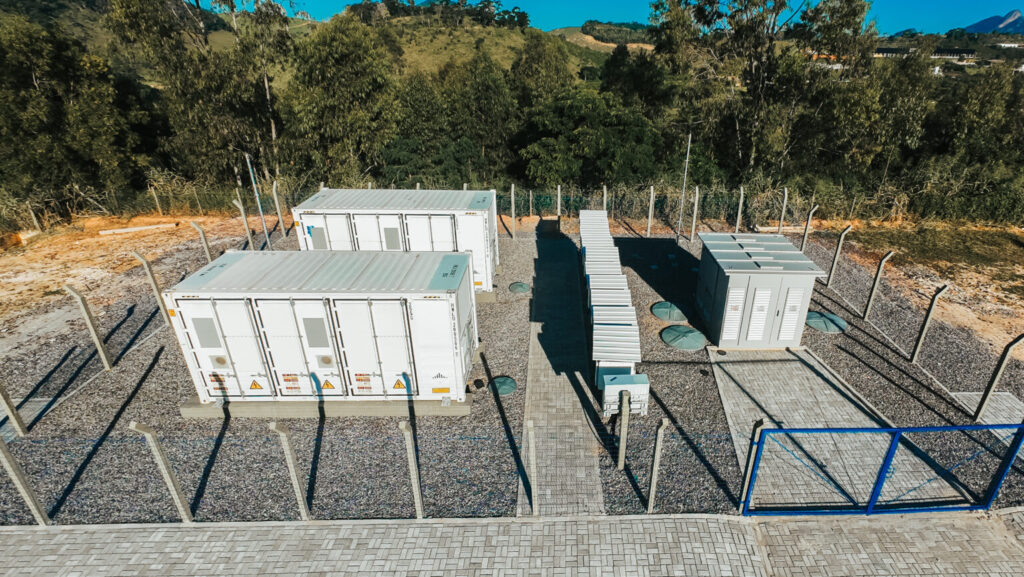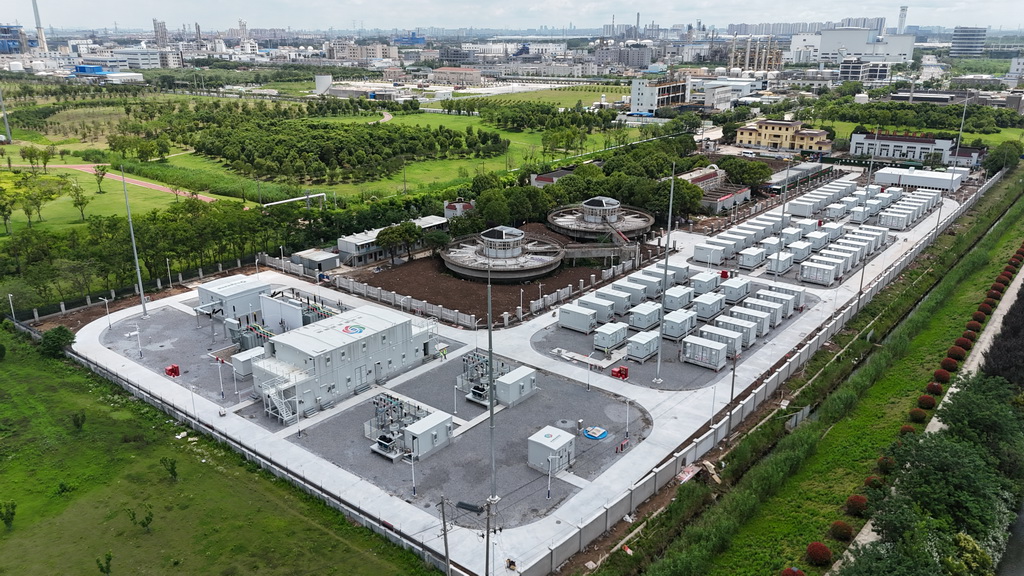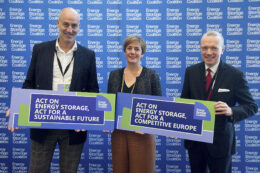UK grid connection overhaul to fast-track shovel-ready energy storage and renewables sites
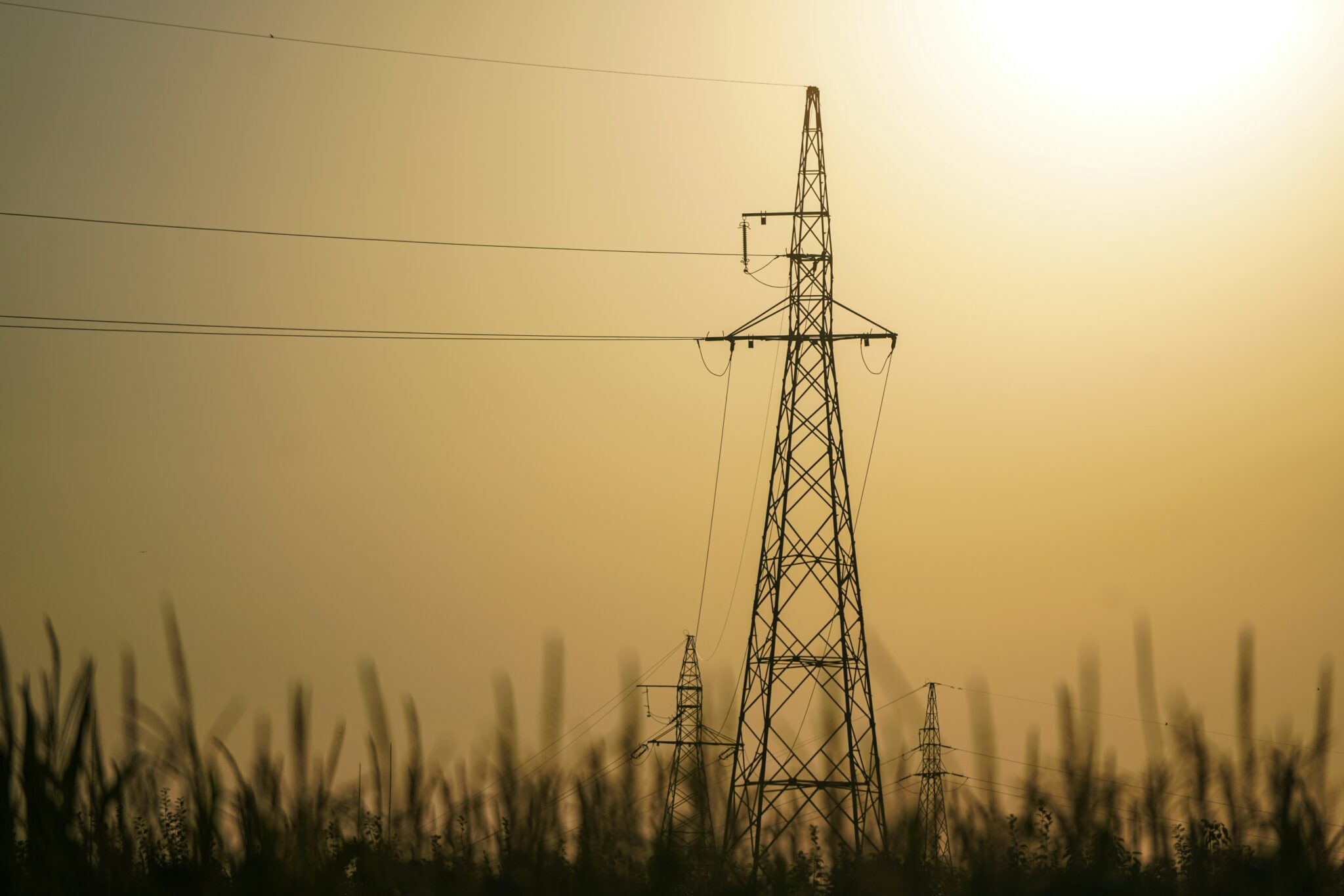
The huge grid connection queue which represents a barrier to energy storage and solar and wind power development in the United Kingdom will be overhauled in a move the government claims could unlock GBP 40 billion ($53 billion) in cleantech investment.
Energy regulator Ofgem told pv magazine 65 GW of solar projects are expected to secure a firm connection offer under the reformed queue system.
The grid connections queue has grown tenfold over the past five years and new connection applications were paused by the National Energy System Operator (NESO) on Jan. 29, 2025, as a result.
NESO’s “TM04+” reform package puts a greater premium on project readiness and the needs of the energy system when assigning grid connections. It represents a marked shift from the “first come, first served” methodology that previously governed the connections queue.
Now approved by regulator Ofgem, the connection reforms will reorganize the queue to prioritize projects that are both ready and needed to meet the government’s clean energy targets. The UK government has committed to clean energy sources accounting for 95% of Great Britain’s energy generation by 2030. A recent update to the amount of solar the UK government expects in the generation mix by 2030 means 65 GW of solar projects that are in development are expected to receive a firm connection offer under the new connections methodology, up from the 39 GW originally targeted in government plans.
Changes will apply to existing projects in the queue as well as new applications, meaning so-called “zombie” projects can be cleared to make way for viable generation, storage, and interconnector projects. NESO and network companies are expected to issue revised connection offers in the second half of 2025 with an initial focus on those connecting in 2026 and 2027.
Progress through the connections queue will now be determined by a gating system that takes project readiness into account. Proposed transmission-connected projects that do not meet new readiness criteria will be able to apply for a “Gate 1” indicative connection date and indicative connection point. Developers that can satisfy land rights or planning consent requirements can apply for “Gate 2,” the fast stream for projects at transmission and distribution level. Gate 2 projects will be offered a firm connection date.
The change comes as NESO continues to develop its Strategic Spatial Energy Plan (SSEP) for Great Britain, expected in 2026. The plan will provide a blueprint for developing large-scale generation and energy storage. Projects that align with the SSEP are expected to have an easier time securing planning consent – which would support a Gate 2 grid connection application
In a press release, NESO Chief Operating Officer Kayte O’Neill said the system operator will bring projects that are “critical and shovel ready” to the front of the queue, “giving developers the certainty they need to support investment decisions.”
UK Energy Secretary Ed Miliband said the reforms will “axe zombie projects” while fast-tracking connections for energy generators.
“Our message to the global clean energy industry is clear; come and build it in Britain because we are a safe haven,” Miliband said.
Ofgem CEO Jonathan Brearly said the more targeted approach to grid connections was expected to unlock GBP 40 billion of investment each year.
“The reforms would cut through red tape, consign ‘zombie projects’ to the past, and accelerate homegrown renewable power and energy storage connections as we head to 2030,” Brearly said.


